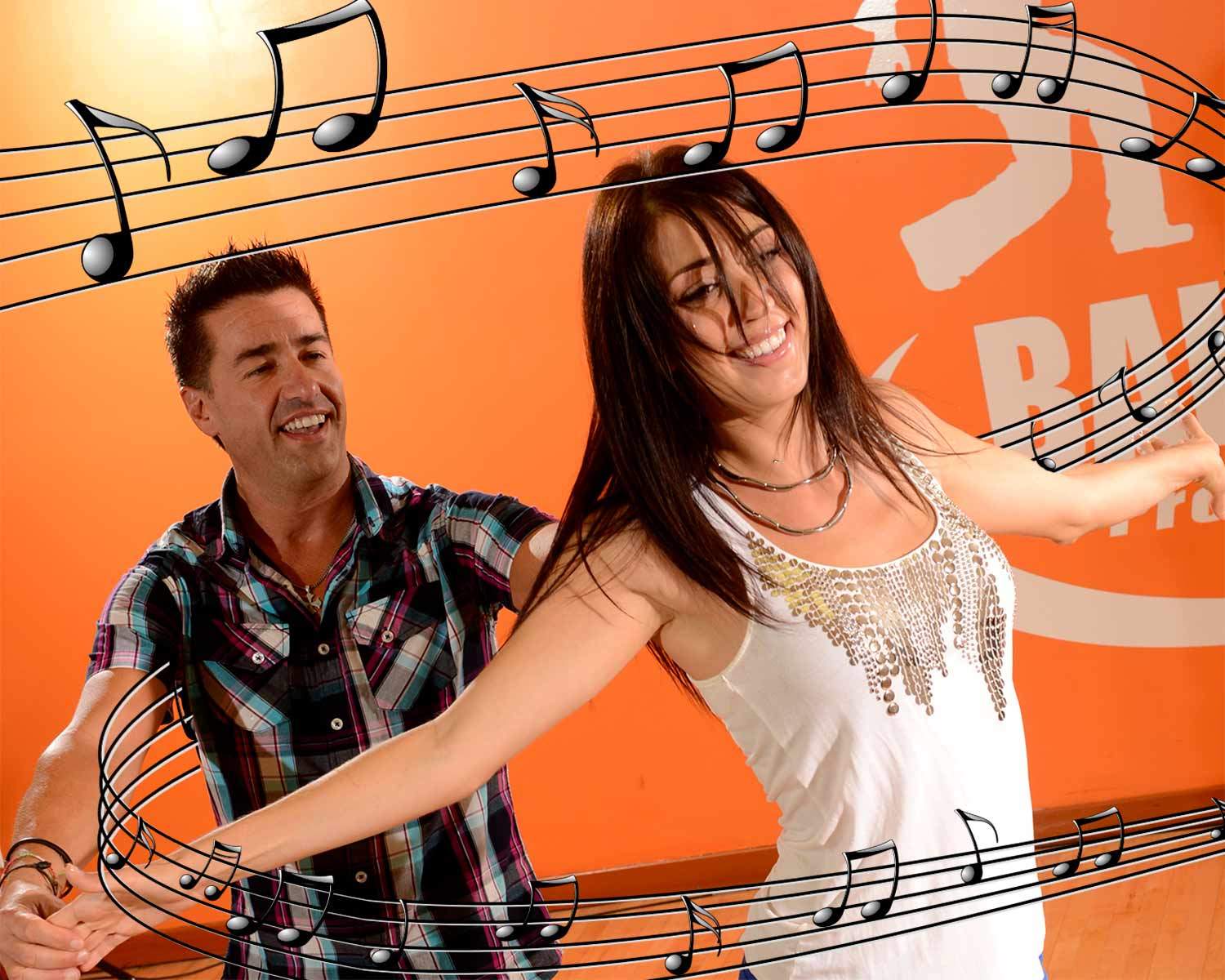Dancing on beat
One of the biggest challenges for a Salsa teacher is not to teach the moves themselves, but to help a student, who doesn't really have rhythm, understand the different Latin beats. Latin music is just like mathematics. Being a musician, I often ask myself : what does someone who starts dancing and has no musical background need to know. At this stage, I don't think that a long theoretical musical explanation helps anybody. By experience, every time I tried that approach, I saw their eyes literally go in a daze. I think that a realistic goal to have is to make our students more sensitive to Salsa music, considering that for some, latin music is a giant maelstrom of indiscernible instruments. First off, we can address music in a lot ways, but in its most simplistic form its basically mathematics: a never ending time divisions. Usually salsa dancers learn to dance on a 8 count, 4 and 8 being pauses. Thus, we can double up the counts in the same bar or time frame. At this point we can talk about a 16 count, a concept not too hard to understand for advanced students. the 16, being the "links" in between the 8 count. It is possible to do 32's and 64's as well, which will require great skills. Keeping the beat I would also like to address the rhythmic struggle faced by some. For an unknown reason, some people are better at keeping the beat than others. If I can give one tip to improve that aspect is to download a metronome app and practice at a ridiculously slow speed. Often, even the most experienced dancers will find it hard. They usually find it [...]

